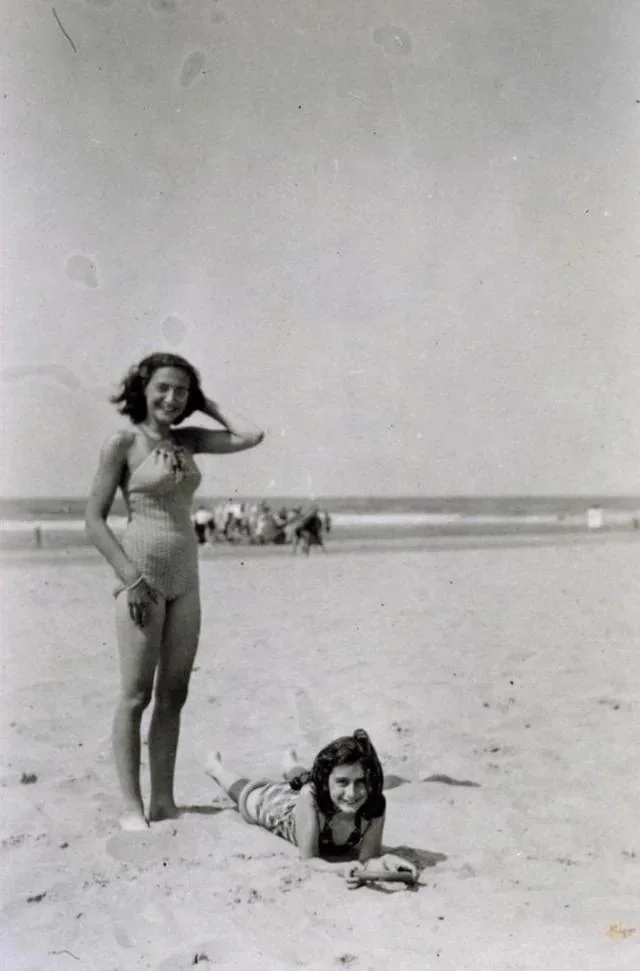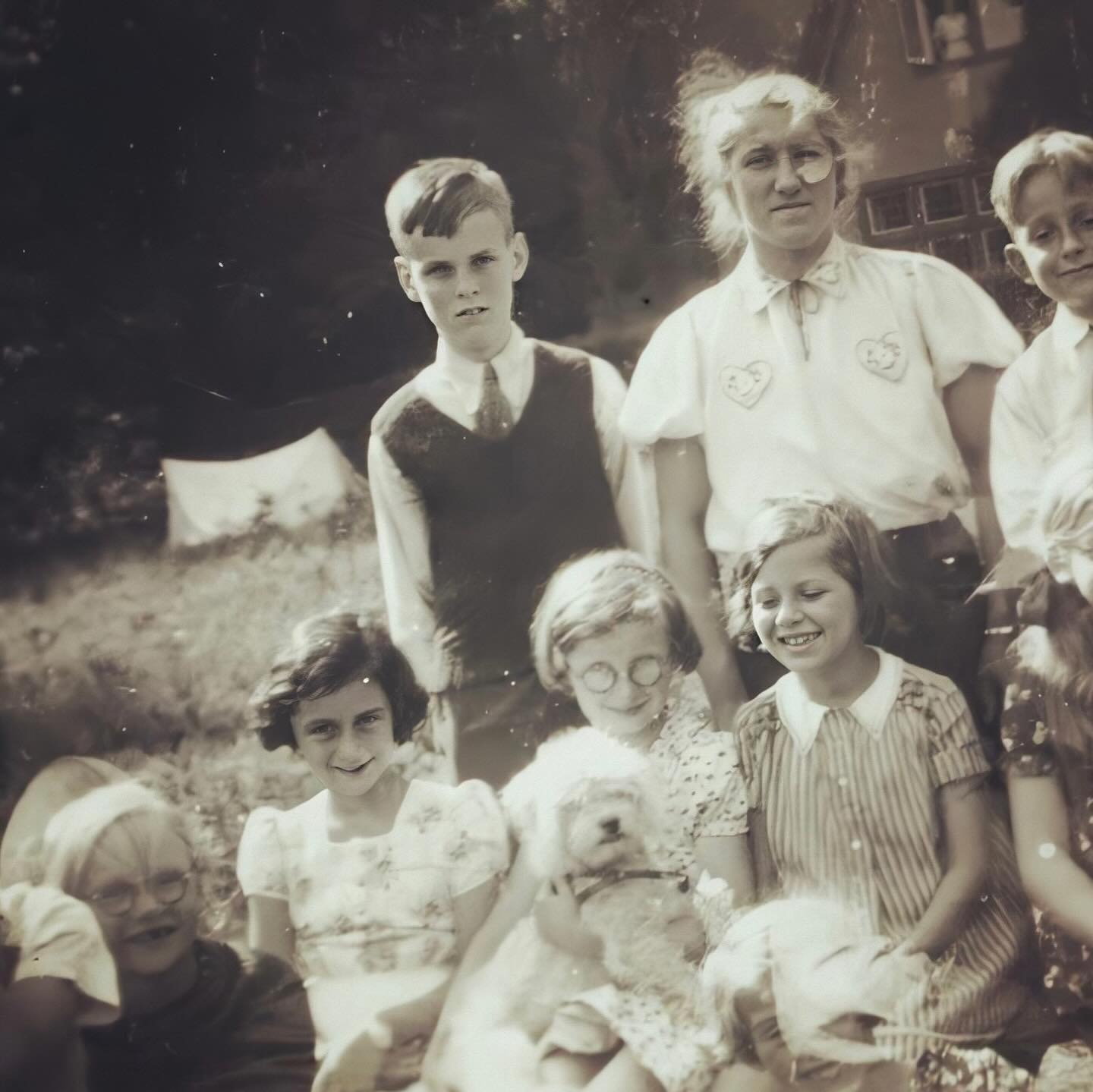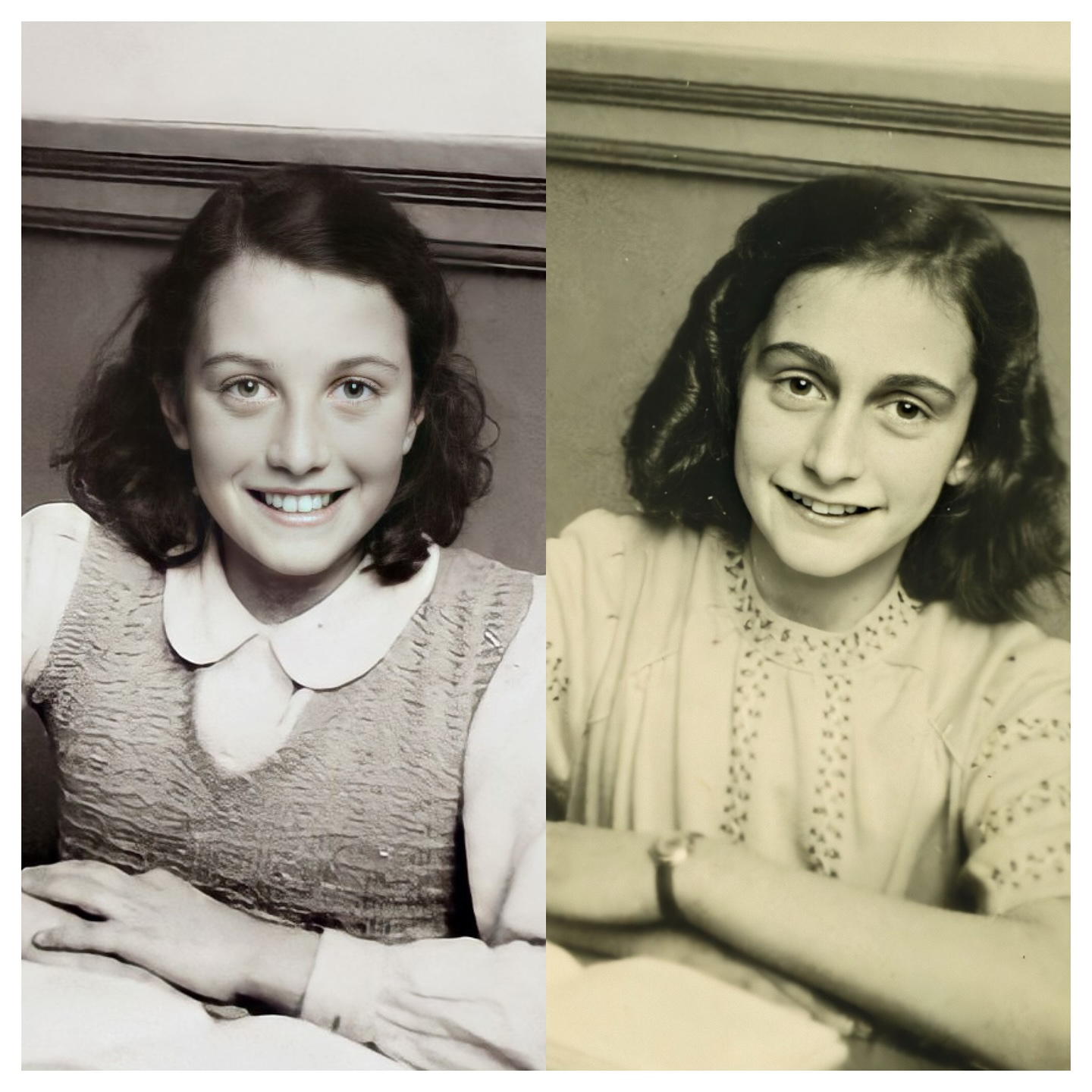A Tale of Two Annes: A Moody Girl and a Moment of Peace
In the collective memory of the world, Anne Frank is often a figure of solemn dignity and profound wisdom. But a rare historical account, paired with her own words, reveals a far more human, and wonderfully complex, portrait of a young girl. In the summer of 1941, on a visit to her aunt’s house in Beekbergen, Anne wasn’t yet an icon; she was a moody 12-year-old. Her aunt, Eva Kämpfer, would later recall her as a difficult guest—a child prone to boredom and complaining.
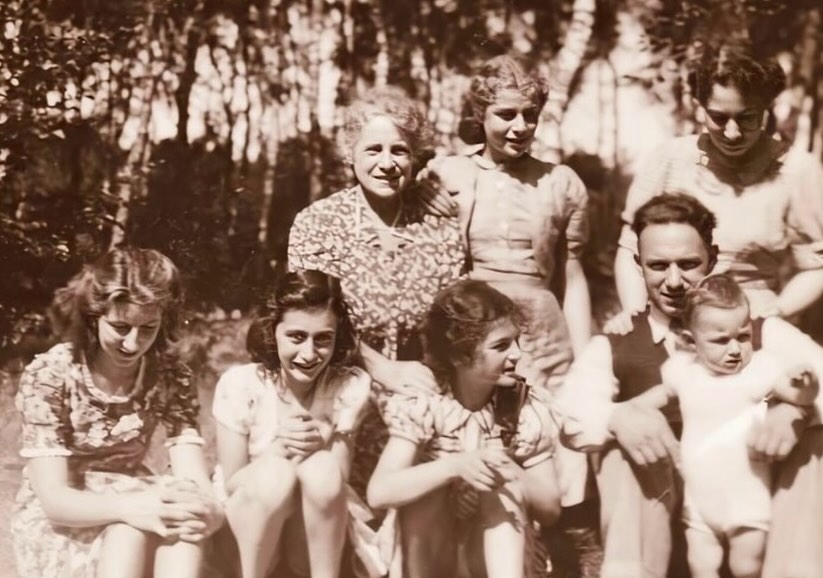
But the full story is far more complex, revealed in a letter Anne wrote to her grandmother, Alice Frank. While her aunt saw a restless child, Anne saw something else entirely. In her own words, she found a quiet joy that was hers alone.
“I am now in Beekbergen, it’s very nice here, except it’s a pity the weather is so bad. /…/ There’s a little child here names Raymond, Sanne and I play with him all day long. He’s a year and a half old. /…/ The House is very old-fashioned but cosy all the same. Sanne and I have our own little room. I’m reading a lot, too bad we can’t go outside. We sleep much more peacefully here than in Amsterdam, there’s nothing to bother us.”
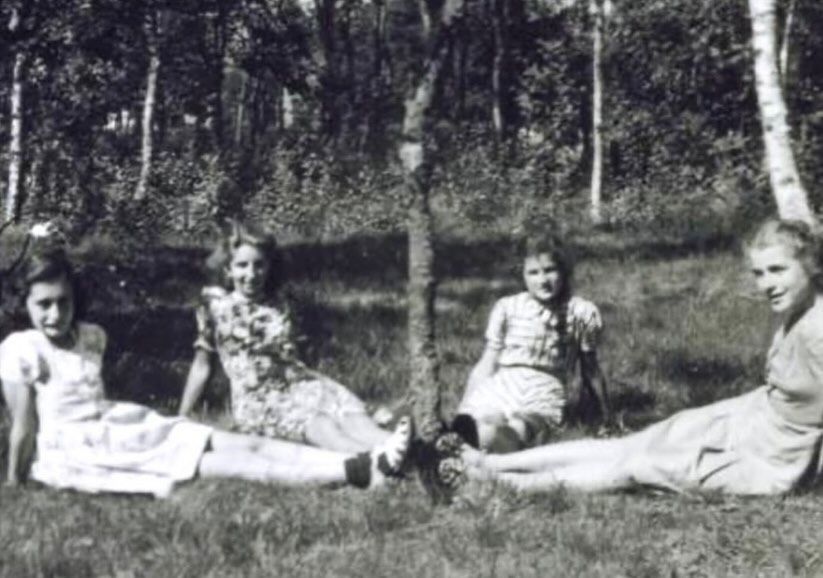
This stark contrast between the two accounts offers a poignant look at the inner life of a teenager. Eva Kämpfer’s memory is a candid reminder that Anne Frank was, at her core, a normal girl with normal moods and frustrations. She could be difficult, restless, and, like any child on a rainy day, prone to boredom. Yet, Anne’s letter shows us the private solace she found in the very same moments. She was, even then, a perceptive observer who could find joy in the small comforts: a peaceful room, a new friend, and the simple relief of feeling safe.
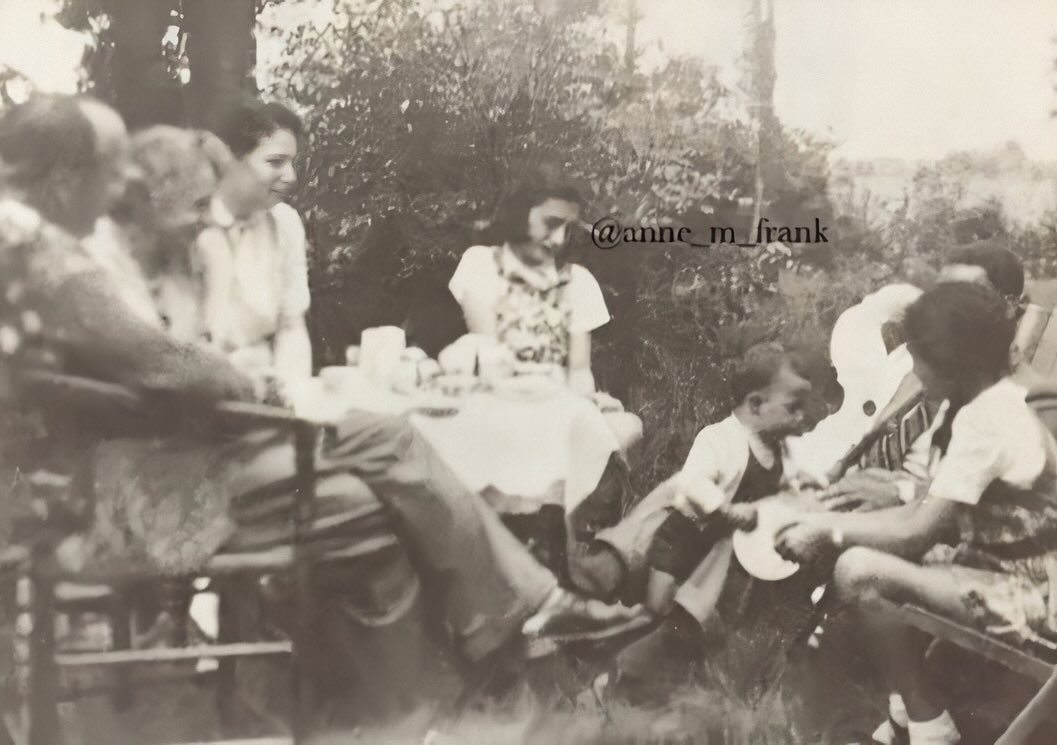
What makes this story so powerful is the tragic context. The peace Anne found in Beekbergen was a precious, fleeting gift. Her final words in the letter, “there’s nothing to bother us,” carry a crushing weight of irony. In just a year, she would trade this carefree summer for the chilling silence of the Secret Annex, a place where peace and safety would be far from guaranteed. The noise of Amsterdam that bothered her in 1941 would be replaced by a terrifying quiet, the stillness of people trapped, praying not to be heard.
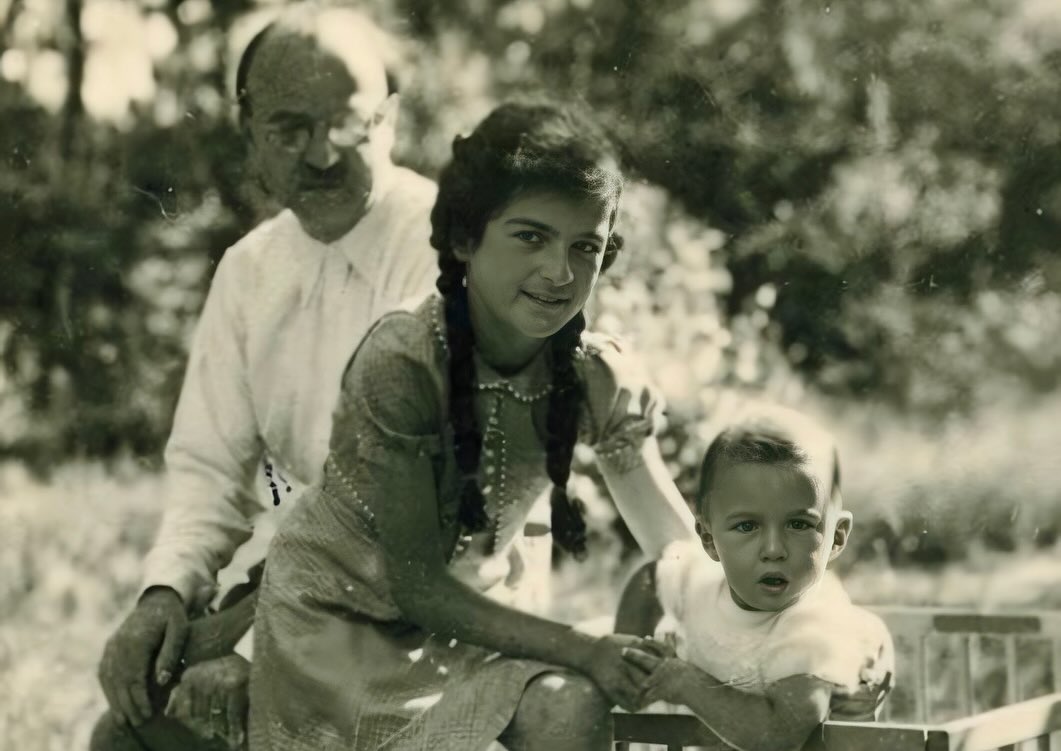
This dual-perspective story is more than a historical footnote. It’s a testament to the universal human need for peace and a subtle reminder of what was so cruelly stolen from Anne. It urges us to look beyond the icon and see the girl who longed for a quiet night’s sleep, who found joy in a simple game, and whose small, private moments of happiness were as real and as vital as her profound writings. Anne was a complex, beautiful soul, and her story is all the more powerful for it.
